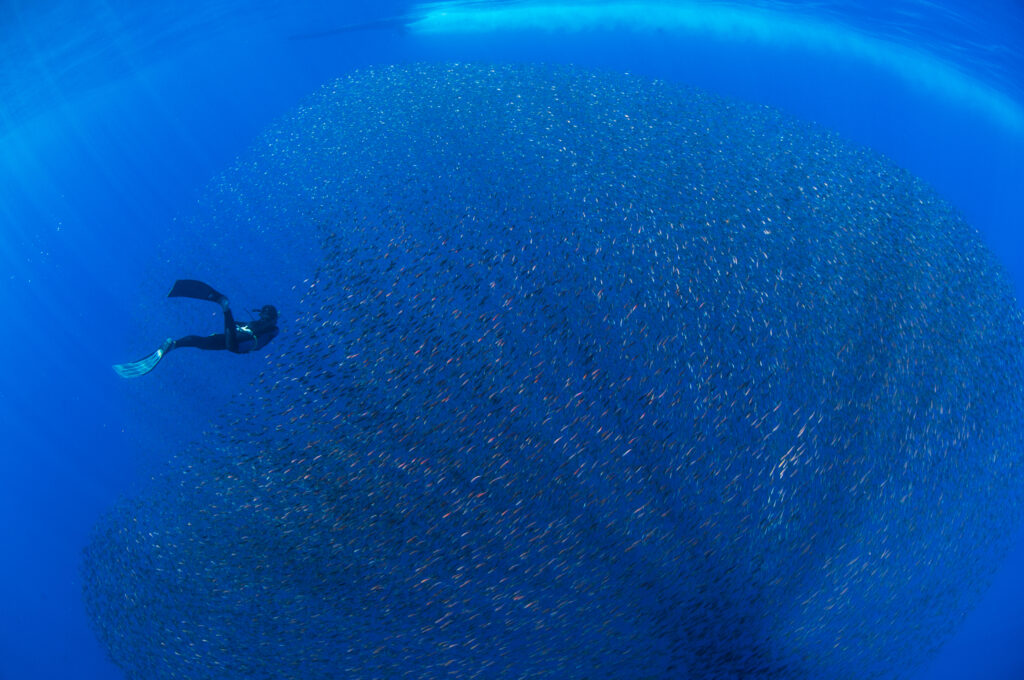What is Visual Inspection?

Visual inspection in scuba diving refers to the systematic examination of diving equipment to ensure its safety and functionality. This process is vital in identifying potential issues that could compromise a diver’s safety. Given the high-risk nature of scuba diving, regular visual inspections are crucial for preventing equipment failure that can lead to serious accidents. This article delves into the history, purpose, techniques, common issues, and standards associated with visual inspections in the diving industry.
What is a Controlled Buoyant Lift?

A controlled buoyant lift (CBL) is a critical technique in scuba diving, essential for safely managing the ascent of an incapacitated diver. It involves carefully adjusting the buoyancy of both the rescuer and the casualty to achieve a controlled and steady ascent to the surface. This procedure is vital in emergency scenarios, ensuring that the casualty is brought to the surface efficiently and safely without risking decompression sickness or other complications associated with rapid ascents. The mastery of CBL is a fundamental skill for rescue divers and is included in advanced training programs across various diving certification organizations.
What is a Dump Valve?

A dump valve, also known as a bleeder valve, is an essential component of a buoyancy control device (BCD) used in scuba diving. Its primary function is to allow divers to release air quickly from their BCD in certain situations, such as during an emergency rapid ascent. This entry will explore the design, function, and safety measures of a dump valve, with a particular emphasis on its role in ensuring a safe and enjoyable diving experience.
What is Recreational Scuba Diving?

Recreational scuba diving is a popular underwater activity enjoyed by millions of people around the world. It allows individuals to experience the underwater environment firsthand, encountering marine life and underwater landscapes that are typically inaccessible. Unlike commercial or military diving, which focuses on tasks such as underwater construction or defense, recreational scuba diving is primarily for enjoyment and adventure. It involves using a self-contained underwater breathing apparatus (scuba) to breathe underwater, enabling divers to spend extended periods submerged. This activity has grown significantly in popularity due to its appeal to adventurers and nature enthusiasts alike.
What is a No Stop Dive?

A no stop dive, also known as a no decompression dive, is a type of scuba diving where divers can ascend directly to the surface without having to make mandatory decompression stops. These dives are characterized by staying within certain depth and time limits to avoid the need for decompression, which occurs when dissolved gases, primarily nitrogen, form bubbles in a diver’s body during ascent. The practice is crucial for recreational diving as it emphasizes safety and proper planning. Understanding the concept and adhering to the guidelines can prevent decompression sickness, making no stop dives a fundamental aspect of safe diving practices.
What is Integrated Weights?

Integrated weights refer to a type of weight system used in scuba diving, where weights are incorporated into the diver’s buoyancy control device (BCD) rather than being worn on a separate weight belt. This system enhances comfort and stability for the diver by distributing the weight more evenly across the body. The integrated weights can be quickly and easily removed in an emergency, adding an important safety feature to the diving experience. This entry will explore the historical development, design mechanisms, advantages, challenges, technical advancements, and diver experiences associated with integrated weight systems.
What is Compressed Air?

Compressed air, essential in scuba diving, refers to air that has been pressurized to fit into a smaller volume, typically within a scuba tank. This enables divers to breathe underwater for extended periods. Understanding compressed air is vital for divers, as it directly impacts safety, dive planning, and equipment use. Historically and technologically significant, compressed air has evolved through innovations, becoming a cornerstone of modern diving.
What is Sidemount Diving?

Sidemount diving is a scuba equipment configuration where diving cylinders are placed along the diver’s sides rather than on the back, as is typical in traditional backmount setups. This system allows for enhanced flexibility, mobility, and safety while underwater. The cylinders are positioned below the shoulders and extend along the hips, giving divers more freedom of movement compared to conventional systems. Divers appreciate sidemount configurations for their ability to streamline the diver’s profile, which is particularly advantageous in environments with tight spaces like caves, but the setup is also widely used in other forms of diving, from recreational to professional.
What is Carbon Dioxide (CO2)?

What is Carbon Dioxide (CO2)? Carbon dioxide (CO2) is an odorless, tasteless gas that is a natural byproduct of metabolism. This greenhouse gas plays a crucial role in the Earth’s atmosphere, and it is also an essential factor to consider for scuba divers. Exhaled by the lungs, CO2 is a critical aspect of scuba diving, […]
What is Buoyancy Control?

What is Buoyancy Control? Buoyancy control is a fundamental skill in scuba diving, essential for both safety and underwater exploration. It enables divers to maintain a constant depth, efficiently ascend and descend in the water column, and effortlessly glide through their surroundings. Mastering buoyancy control requires understanding the principles of buoyancy and applying them to […]
